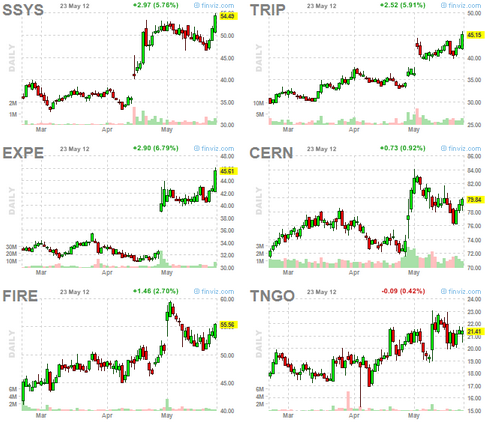The public market has no idea how to properly value $FB. The same could be said about all growth stocks. Fred Wilson says that based on his rough calculations, Facebook is still expensive at $26:
Clearly Facebook is a premium company and commands a premium valuation and entrepreneurs should not expect to get 10x revenues and 25x EBITDA for their companies in a sale or an IPO. But even at half those numbers there are fantastic returns for investors and entreprenuers to be had.
If speculators are disappointed with the performance of the Facebook IPO it is because they had ridiculous expectations of what rational investors would pay. The market has put a premium valuation on a great company and we should be happy about all of that. I certainly am.
Do we have to value Facebook, the same way we value General Electric?
When you measure the earnings power of a 20 year old, you would make a huge mistake if you only consider her current year’s revenue, expenses and net assets. You could probably use that approach for a 60-year old. But not for a 20-year old. Young, fast growing companies are not valued on the basis of the current situation, but based on the perceptions about future potential. Perceptions vary in the different stages of the market.
In strong markets, many funds have to chase not to fall behind their benchmark. This is a huge underlying support for high-growth stocks. In weak markets, there is nothing to chase and people start to think about risk and valuation. This is one of the main reasons for FB’s performance. A typical story of overpromise and underdeliver, aside from the other reasons that I mentioned here.
